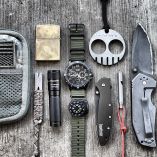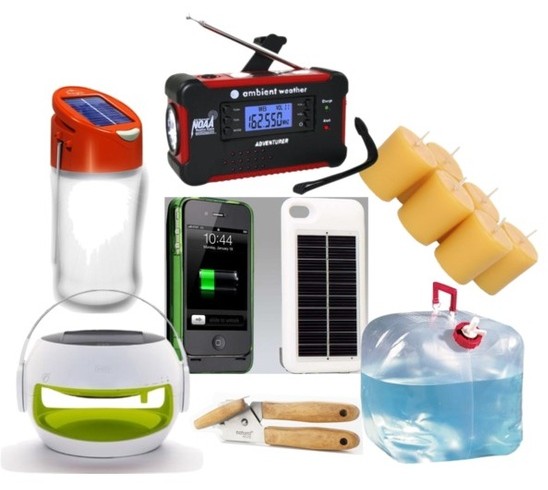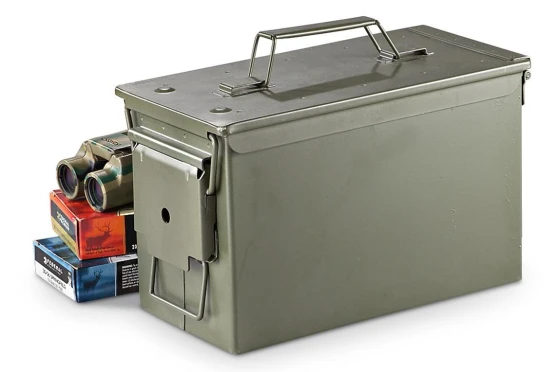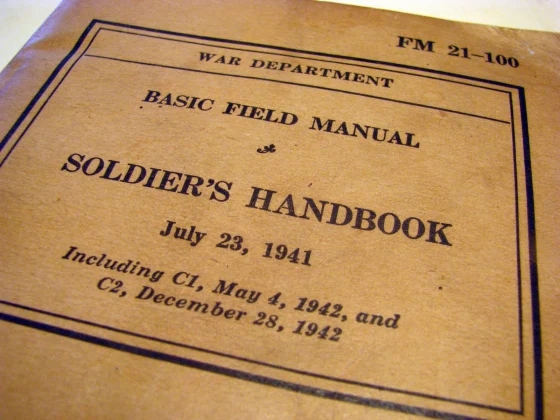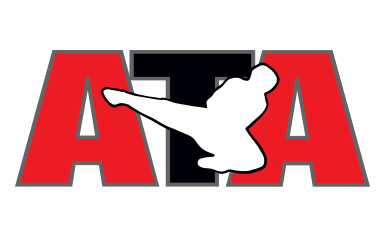Introduction:
back to top
NOAA Weather Radio:
NOAA (National Oceanic and Atmospheric Administration) weather radios are also an important item to consider. The broadcasts by the agency share weather and related emergency information designed for specific listening areas. There are approximately 425 NOAA transmitters currently active in America, the US Virgin Islands, Puerto Rico, Saipan, and Guam. Canada has its own version of the weather alert system, one which can be reached via the Internet.
Each NOAA transmitter covers roughly 40 miles from the device site. About 80 percent of the United States is included in the NOAA transmitter area. Typically, the weather alert agency’s broadcasts are on air 24-hours a day and updated when special warnings or hazards become apparent. During times of severe weather, amateur HAM radio operators contact the NOAA weather system on specific radio frequencies to offer local updates.
NOAA operates on seven different frequencies outside of the typical AM/FM radio bands:
- 162.4000 MHz
- 162.4250 MHz
- 162.4500 MHz
- 162.4750 MHz
- 162.5000 MHz
- 162.5250 MHz
- 162.550 MHz
- Citizens Band Frequencies
back to top
Midland ER200 All Hazards AM/FM/Weather Radio:
I recently acquired a Midland ER200 AM/FM/Weather radio from, of all places, Walgreens drug store. I have seen them for sale at REI and various online prepping websites, and reviewed by several preparedness magazines. The usually retail for around $50, but Walgreens had them on sale for $30. The radio has a lot of cool features that make it perfect for your home emergency preparedness gear, your bug-out bag, or general hiking backpack.
Features:
- Digital clock that can be set for 12 hour time or 24 hour time.
- Telescoping antenna.
- Digital tuner for AM, FM, and seven NOAA weather channels. You can set the radio to passively monitor for emergency weather broadcasts.
- Cree LED flashlight with three brightness settings: LOW, HIGH, and SOS. The highest setting is an advertised 130 lumens!
- USB output jack that can be used to charge a cellphone or other similar device. In a one hour test I was able to charge my iPhone 5 from 9% to 60% while simultaneously charging the radio’s battery with the solar panel.
- Standard 3.5mm earbud/headphone output jack.
- Battery that can be charged off-grid.
Methods of Charging:
The radio uses a rechargeable 3.7 volt Lithium-ion battery. The user is able to replace the battery when eventual time and use render it no longer able to hold a charge. There are three ways to recharge the battery:
- Via an included USB cable, which means that you can plug it into a computer, USB port in a vehicle, or a USB adaptor that plugs into a 110 volt socket (like used to charge an iPhone).
- Via a built-in solar panel that automatically charges the battery any time that the radio is exposed to sunlight.
- With the internal dynamo and retractable hand crank.
Uses During Emergencies Or While Visiting The Great Outdoors:
- Keep up with the current time.
- Maneuver around in the dark with the built-in Cree LED.
- Listen to AM and FM radio for news and entertainment, and keep up with the latest local weather reports.
- Charge your cell phone or other small communications devices.
Limitations:
- I wish that the radio was waterproof, but that doesn’t keep me from thinking that this radio is perfect for emergencies and camping. It fits perfectly in a Ziplock bag.
- I wish that the clock had an alarm.
- I wish that it was available in colors other than just red (maybe black, like my heart).
Conclusion:
Midland is quality gear. Owning a single, lightweight piece of gear that receives three bands of radio, houses a 130 Cree LED flashlight, is rechargeable while off-grid, and is capable of recharging most cellphones is a no-brainer! Go buy one!














